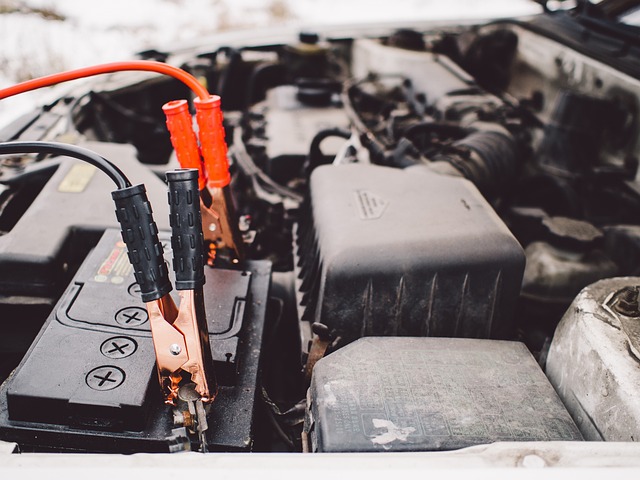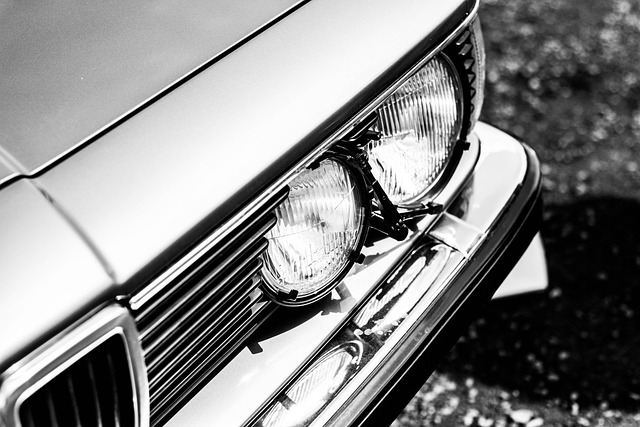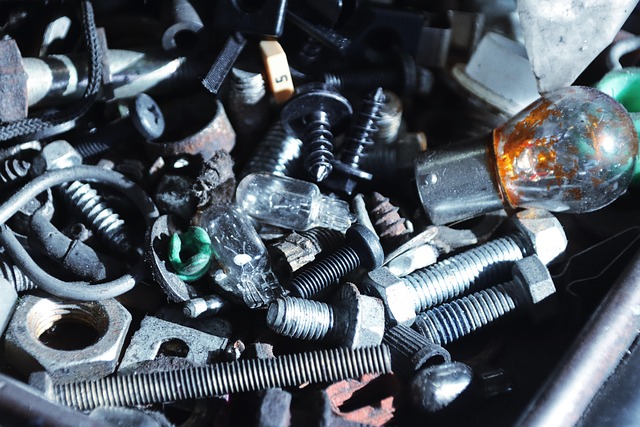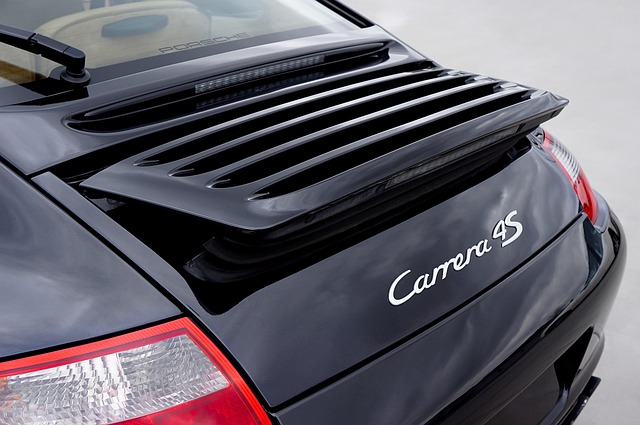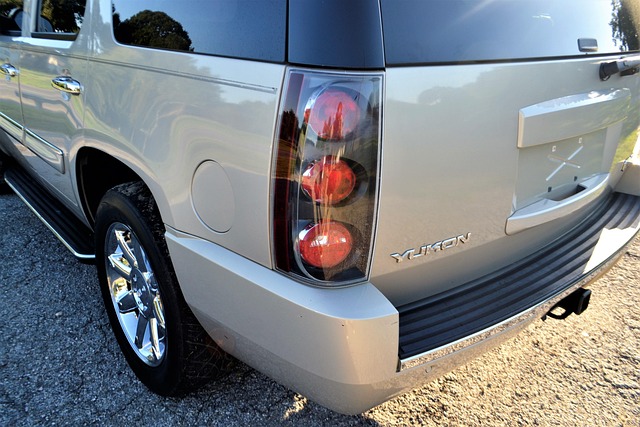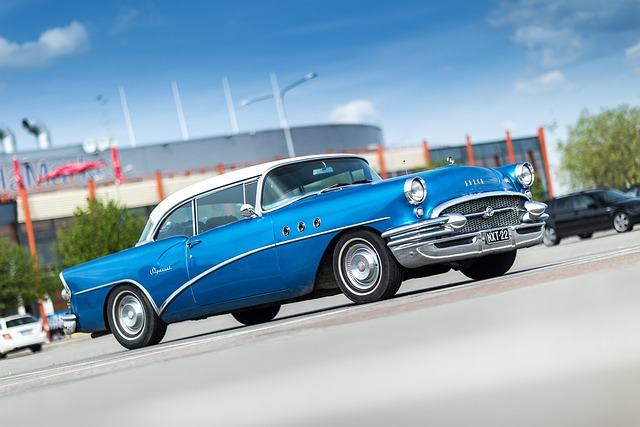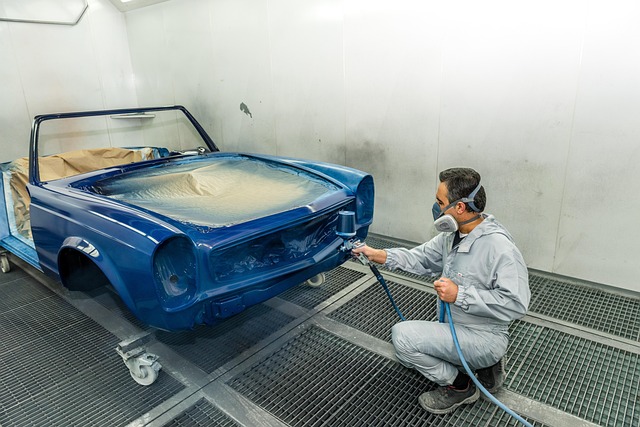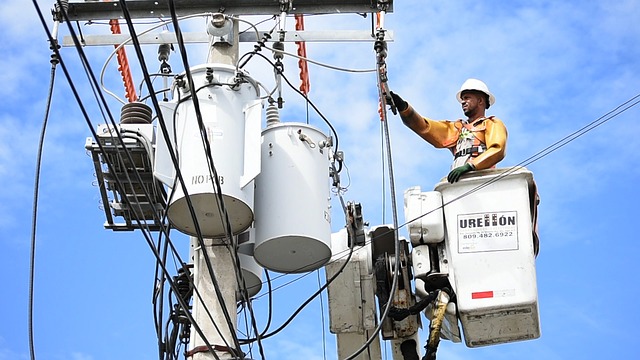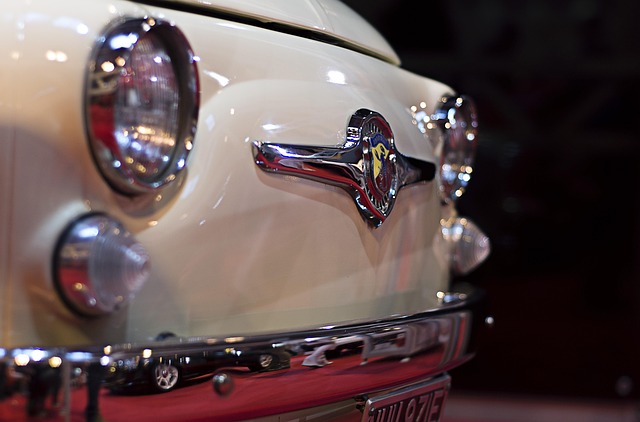Mercedes spot weld bonding is a critical process for automotive manufacturing and restoration, ensuring structural integrity through precise metal panel bonding using OEM-approved equipment. This method offers faster assembly, reduced waste, and enhanced durability compared to traditional methods, making it ideal for high-end auto body shops aiming for meticulous craftsmanship and preservation of vehicle value and design. The key to successful bonding lies in choosing the right equipment, using specialized bonding agents, and following best practices that include thorough surface preparation, precise alignment, consistent pressure, post-welding inspection, and regular maintenance, resulting in repairs that look factory-fresh and withstand environmental conditions.
Mercedes spot weld bonding is a critical process in automotive manufacturing, ensuring structural integrity and vehicle durability. This article delves into the intricacies of this technique, highlighting its significance in modern car production. We explore the process, from understanding the basics to the advanced techniques used by Original Equipment Manufacturers (OEMs) to achieve superior results. By focusing on the right equipment and best practices, we uncover the secrets behind effective Mercedes spot weld bonding.
- Understanding Mercedes Spot Weld Bonding: The Process and Its Significance
- Choosing the Right OEM-Approved Equipment for Optimal Results
- Best Practices for Conducting Effective Mercedes Spot Weld Bonding
Understanding Mercedes Spot Weld Bonding: The Process and Its Significance

Mercedes spot weld bonding is a critical process in both car manufacturing and auto body restoration. It involves using specialized equipment to create strong, precise bonds between metal panels, ensuring the structural integrity of the vehicle’s body. This method is particularly crucial for luxury cars like Mercedes, where quality and precision are paramount. The process uses OEM-approved equipment to guarantee that every weld meets the manufacturer’s exacting standards, maintaining the car’s original strength and aesthetics.
In an auto bodywork context, spot weld bonding offers several advantages over traditional joining methods. It allows for faster assembly times, reduces material waste, and provides a more durable bond. This is especially important in high-end auto body shops where meticulous craftsmanship and attention to detail are expected. By employing this technique, repairers can achieve seamless repairs that are virtually indistinguishable from the original car body, preserving both the vehicle’s value and its iconic design.
Choosing the Right OEM-Approved Equipment for Optimal Results
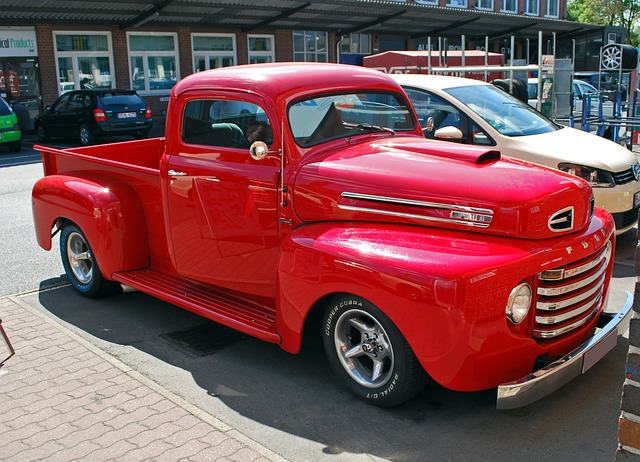
Choosing the right OEM-approved equipment is paramount when conducting Mercedes spot weld bonding to ensure optimal results. This involves selecting tools that meet the stringent standards set by Mercedes-Benz, guaranteeing both durability and precision in the repair process. For instance, high-quality spot weld guns with adjustable settings allow for precise control over heat input, which is crucial for achieving a strong bond without damaging the surrounding material.
Additionally, utilizing specialized bonding agents approved by Mercedes can significantly enhance adhesion and long-term performance. These products are designed to withstand the specific conditions encountered during vehicle manufacturing, ensuring that repairs not only look factory-fresh but also hold up under various environmental factors. This meticulous approach, when combined with skilled craftsmanship, facilitates effective Mercedes spot weld bonding, contributing to the overall quality of car scratch repair and paintless dent repair processes.
Best Practices for Conducting Effective Mercedes Spot Weld Bonding
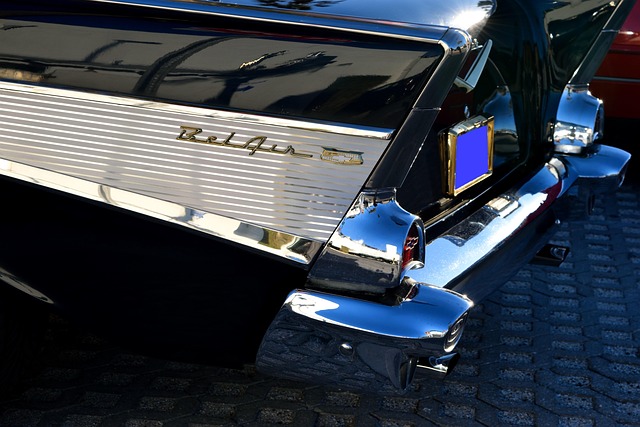
When conducting Mercedes spot weld bonding, adhering to best practices ensures optimal results for both structural integrity and aesthetic appeal. Start by preparing the surface thoroughly; this includes degreasing and cleaning to eliminate any contaminants that could interfere with the bond strength. Using OEM-approved equipment is paramount, as it guarantees compatibility and quality. Ensure precise alignment of the panels being bonded, maintaining the correct gap specifications for optimal weld formation.
During the welding process, maintain consistent pressure and energy levels throughout. This uniformity fosters a strong, reliable bond. After completion, inspect the welds for any signs of defects or inconsistencies. Proper curing allows for full strength development, so follow recommended times and conditions. Regular maintenance and checks on bonded areas are crucial, especially in harsh environments, to prevent future damage and ensure the vehicle’s structural integrity remains intact, akin to meticulous car scratch repair or vehicle dent repair processes.
Mercedes spot weld bonding, when executed with OEM-approved equipment and best practices, is a critical process that ensures the durability and safety of Mercedes vehicles. By understanding the intricacies of the process and selecting the right tools, professionals can achieve optimal results, enhancing structural integrity and contributing to the overall quality of these premium automobiles.

